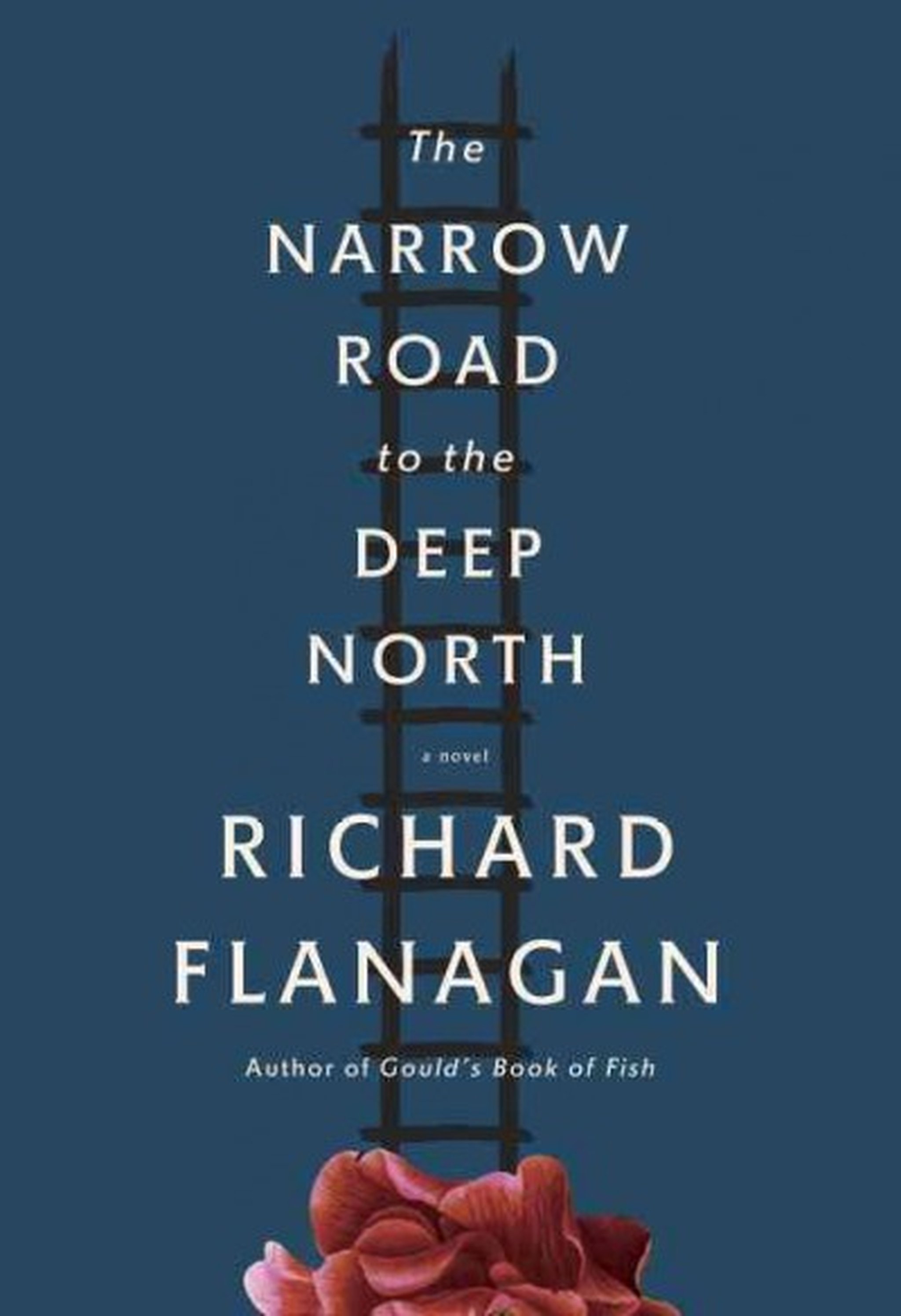The Narrow Road to the Deep North
by Richard Flanagan
reviewed by Shan Wang
“The more people I am with . . . the more alone I feel,” thinks army doctor Dorrigo Evans in the presence of his wife-to-be Ella during a precious six-day furlough, all the while consumed by thoughts of Amy Mulvaney, his uncle’s young wife. Dorrigo’s brief affair with Amy trails him for the rest of his life, the memory of her flaring up at unexpected moments. As Dorrigo marches through university, through training, through war, through a prisoner-of-war camp, he gathers his memories around him like armor.
Richard Flanagan’s The Narrow Road to the Deep North has been praised as a “kick to the stomach” for its unforgiving depiction of conditions on the Japanese-run Death Railway, known to prisoners as “the Line,” during World War II. But it is equally remarkable for its depiction of how surviving Australian soldiers and Japanese officers live out their lives after the war. There is banality in evil, but there is also banality in heroism: The Narrow Road gives us a protagonist who bears witness to both.
Flanagan, who has five acclaimed novels to his name and who just won the 2014 Man Booker Prize for The Narrow Road, describes the book as “a novel I never wanted to write,” one twelve years in the making. It is dedicated to “prisoner 335,” his father, who was captured during the war and survived internment on “the Line.” (Yet another tender detail: Flanagan’s father died the day he completed a full draft of the novel).
The history of the Thai-Burma Railway is well-known; one account is famously dramatized in the book and movie adaptation of The Bridge Over the River Kwai. But Flanagan’s novel spools out beyond the POW camps and into the present day, giving us a dizzying array of voices in addition to Dorrigo’s: Jimmy Bigelow, the mild-mannered bugler who never recounts his war experiences to his family; Major Nakamura, the camp’s commanding officer, who assumes a new identity after the war to escape prosecution for war crimes; even Amy Mulvaney, whom Dorrigo presumes dead. All of these voices—with the exception of the slightly tacky central love story between Dorrigo and Amy—are rendered beautifully with prose that sticks and burns. Here, for instance, is how a man dies on the Line:
He was swimming in shit. He tried to get back to his feet. It was impossible. He was swimming in ever more shit. He tried to curl up to protect himself. It did no good and he only sank back into the foul hole. If he closed his eye he was back there being beaten. If he opened his eyes he was drowning in shit, trying to stay afloat, trying to climb out….He heard the sea. No, he said, or thought he said. No, not the sea. No! No!
“There were only two sorts of men,” Flanagan writes, “the men who were on the Line, and the rest of humanity, who were not.” The division between them is stark. We see how, in his new identity, Major Nakamura marries a nurse who never asks about his past and to whom he never divulges anything. After a cancer diagnosis, Nakamura becomes even “kinder and more thoughtful about one and all: his family, his friends, his neighbours, and even strangers.” We see how, in his old age, Dorrigo is unable to embrace his status as a war hero with many friends and an adoring wife, and how he struggles to love his wife Ella, who is devoted to him despite his numerous affairs.
The Narrow Road to the Deep North takes its title from seventeenth-century Japanese poet Bashō’s most famous work, a travelogue of his walking journey from Tokyo into the remote north. The roads Flanagan describes are narrow indeed: Dorrigo’s main narrative, and the brief flashes into the lives of those he served with (or under) in the war, are reminders of the narrowness of individual lives, the difficulty, maybe even impossibility, of sharing experiences. “In this world / we walk on the roof of hell / gazing at flowers,” the poet Issa wrote. Dorrigo has walked on the roof of hell, gazed at flowers, and found each painful in its own way.
Published on December 8, 2014

